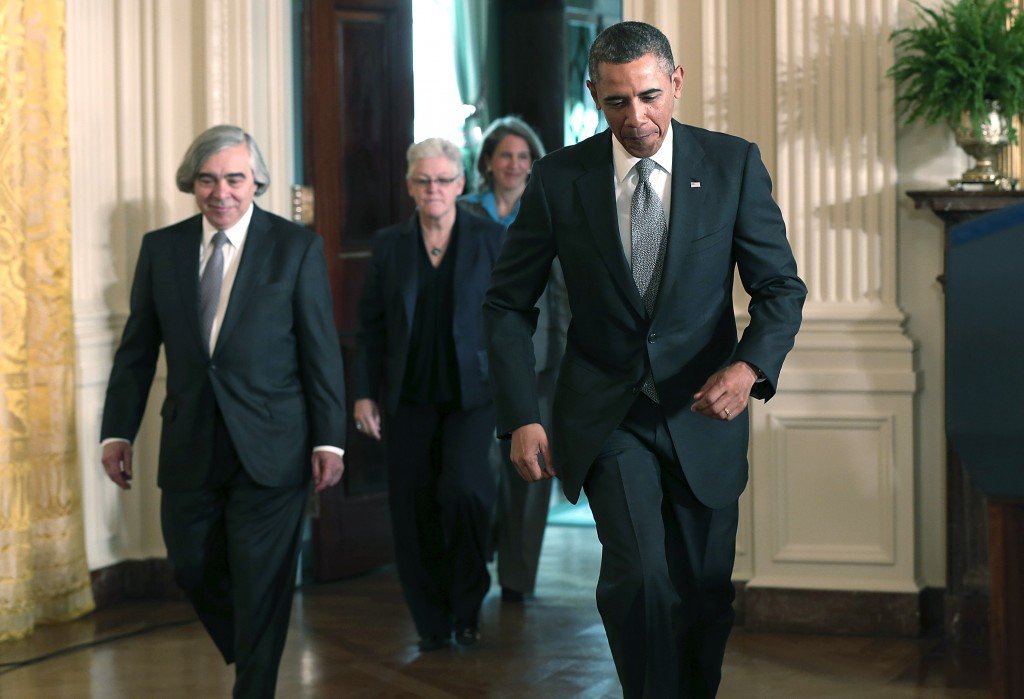
I recently received two post cards—one from Vienna and one from Paris—each of them about increasing innovation in the energy sector. But seeing them also reminded me of this: new ideas are easy to stop, difficult to stimulate. Perhaps nowhere is that more clear than in well-established business sectors such as the U.S. electric utility. Historically, U.S. electric utilities have not been leaders in research and development (R & D). In fact, utility spending on R&D averages 0.1 percent of revenues compared to an average of 3.5 percent of revenues for other U.S. industries, and utility R&D spending has actually declined in absolute terms since the mid-1990s. But let’s get back to those post cards…
Card number one came from Vienna, Austria, site of the European Utility Week, an annual energy sector event that drew business and thought leaders from 77 different countries this past November. 400 out of the event’s more than 9,000 conference attendees completed a non-scientific survey the results of which cited “lack of innovation culture” as the “biggest threat to utilities.” Those results beg a question that’s being asked more and more in the electric utility sector these days: can the current U.S. electric utility business model survive long-term in a world in which new energy technology innovation (much of it disruptive) is the wave of the future? What this year’s European Utility Week meetings makes abundantly clear is that there is a growing number of new energy products and companies keenly interested in driving innovation in this sector.
Post card number two arrived from Paris where the big news from the first day of the #COP21 climate change summit was the launching of a multibillion-dollar public-private partnership to fund research and development of innovative clean energy technologies intended to lower carbon emissions. The high profile Breakthrough Energy Coalition—which includes Bill Gates, Amazon founder Jeff Bezos, Facebook’s Mark Zuckerberg, and many other business-savvy investors—committed billions to a public-private partnership that will complement government investments in basic and applied research. The Coalition also included long-term financial commitments to their plan in order to aid in commercializing early-stage technologies. The Coalition writes, “the existing systems of basic research, clean energy investments, regulatory frameworks, and subsidies fails to sufficiently mobilize investments in truly transformative energy solutions for the future. We can’t wait for the system to change through normal cycles.”
Here’s another way to put it: the clean energy revolution cannot happen without the infusion of private investment funding capital and the adoption of regulations that encourage utilities to adopt and adapt to these new technologies.
Undoubtedly, these post cards show global signs of an evolutionary change in the energy sector. But to really catalyze change in the U.S., in particular, individual states such as Wisconsin need a clear-cut strategy for achieving a more continuous cycle of energy innovation.
What would that look like? I recommend looking at Tim Foxon and Peter Pearson’s policy framework, which they’ve written about in a paper entitled, “Overcoming barriers to innovation and diffusion of cleaner technologies: some features of a sustainable innovation policy regime” for guidance. The authors recommend that a framework for a policy process do the following:
- “Stimulate development of a sustainable innovation policy regime, by bringing together the innovation and environmental policy regimes and improving the rationale for public policy interventions to promote sustainable innovation;
- Apply systems thinking by engaging with the complexity and systemic interactions of innovation systems and policy-making processes;
- Advance the procedural and institutional basis for delivery of sustainable innovation policy aims, including improved strategies for stakeholder engagement;
- Develop a more coherent and integrated mix of policy instruments to promote sustainable innovation;
- Improve policy review, correction and learning mechanisms for adaptive improvement to sustainable innovation policy processes.”
In other words, we need more than just a better R&D pipeline. Those post cards from Europe provide us with the clarity to keep innovating our technology – but now is the time to take action with strategic policymaking as well.
For a more robust discussion of energy technology innovation systems, see also my recent paper, “Policy Strategies to Catalyze the Energy Technology Innovation System in Wisconsin and the United States.”
Closer to Home...

These recent messages from Europe are resonating in Washington D.C. too. President Barack Obama’s administration has rolled out a new initiative called “Mission Innovation,” which includes a doubling of U.S. government investment in clean energy R&D and improved coordination with private investment through the Breakthrough Energy Coalition. In his column, U.S. Department of Energy (DOE) Secretary Ernest Moniz recently wrote: “I believe clean energy innovation is the solution to climate change. It is the key to unlocking new technologies and lowcost clean energy breakthroughs we need to rapidly bend the trajectory of greenhouse gas emissions.”
The DOE also recently released a study titled “Revolution…Now. The Future Arrives for Five Clean Energy Technologies—2015 Update,” an update on a 2013 report showcasing four transformational technologies: land-based wind power, silicon photovoltaic (PV) solar modules, light-emitting diodes (LEDs), and electric vehicles. In the study, the DOE reports that dramatic reductions in costs drove a surge in adoption for these clean energy technologies. The growth of these clean energy technologies in the U.S. is, indeed, a remarkable story. But the real “revolution”, or the bigger story about how these technologies impact the overall energy system? That’s still being written. Stay tuned.

